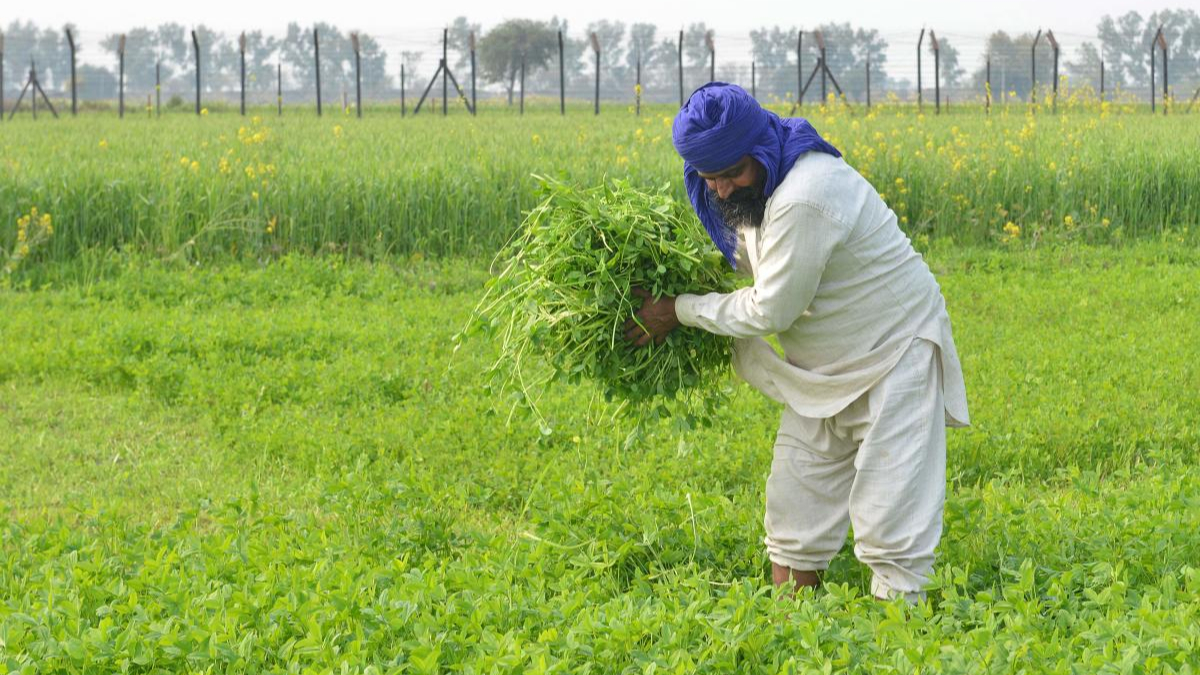
My ardent belief is that the sectors that have been left untouched by the government or segments that have been deregulated have bloomed in the country. Globally, India excelled in Information Technology because it was untouched by the government; the same holds true for the BPO segment or the KPO segment.
Agriculture, on the other hand, has been non-remunerative irrespective of the fact that as a country we have been hugely agrarian. The Modi government in its Aatmanirbhar Bharat package has tried to bring in the most sought-after reforms in the agri-sector especially in its effort to deregulate and allow free trade.
Though agriculture is a state subject, the necessary policy level interventions have been made at a national level, be it changes in the Essential Commodity Act, barrier-free inter-state trading or providing a framework for e-trading. States are also being incentivised for falling in line and promoting agri-reforms.
Though the reforms have been welcomed, many challenges remain to be addressed, and many gaps need to be filled further. For example, the Model Act never restricted geographical boundaries as a constraint for a farmer to sell his produce. Alphanso mangoes from Maharashtra have been available to the entire nation for time immemorial and so has langda and dasehri from parts of Uttar Pradesh and Bihar. But cash crops like maize, soya and a few grams were always regulated and had to be sold to licensees. Bihar, a leading agrarian economy with 15.7% of its GDP coming from agriculture and allied products, did away with the APMC Act in 2008, yet it could not attract private investment in the sector. Maharashtra, on the contrary, has about 13% of its GDP coming from agriculture. In 2016 when fruits and vegetables were deregulated and removed from the APMC Act, forward linking markets in the form of weekly farmer bazaars were created, yet farmers in various areas preferred to sell to APMCs and mandis.
The bigger challenge is the on-ground split of agriculture as a core ministry and the vertical split of the marketing practices as a silo department in the government. The last 70 years of socio-economic reforms have focused on subsidising the input side of agriculture and for the first time maximising output of produce, prices and packaging is being reformed.
The change might give the desired push to the administrators to make farmers participate in value chains but will require to draw out a plan to skill the farmers for the required entrepreneurial or technical skill set.
APMCs have been the houses of political power, the board of directors was hand in glove with the sitting governments, the artiyas (intermediaries), commission agents and the traders were a nexus that had exploitation as their second name. Yet, farmers chose to sell their produce to the APMCs because they offered various options like cash, credit, logistics and dispute management apart from the age-old relationship comfort with the farmers.
With my experience in village transformation and livelihood generation, I am sure that the sector is on the verge of complete transformation and the foundation has been laid out in the form of the agri-reforms, but the key lies in attracting corporate houses and onboarding farmers to new technology-driven procurement and marketing systems.
The large corporate houses, even those dealing with food or food products, have so far avoided the nexus-driven corrupt systems of agri-marketing. The reforms now intend to make a legal framework to safeguard the interests of both.
The trilogy of FPC (farmers, producers, companies), group farming and marketing contracts is going to create the revolution at the farm level… where like-minded and like-skilled farmers will produce according to predetermined volume and value. Stronger patent laws will further help strengthen the produce of unique crops under international contracts.
Another trilogy needs to be created is agri-tech platforms — agri-databases and agri-maps. Technology has to be used to strengthen the current ecosystem and build virtual linkages between B2B and B2C marketplaces. Agri-maps need to transparently map out linkages in the market, retail and supply chains which will enable farmers price and market discovery both in the input side and the output side.
The end of the Licence Raj in 1991 ushered in globalisation and free progressive mindset in the Indian economy; end of the Licence Raj in agriculture will usher in indigenous innovation and a future that is digital.
The author is a politician, entrepreneur, tech enthusiast, blogger, columnist, TEDx speaker, SDG, and government policy expert.